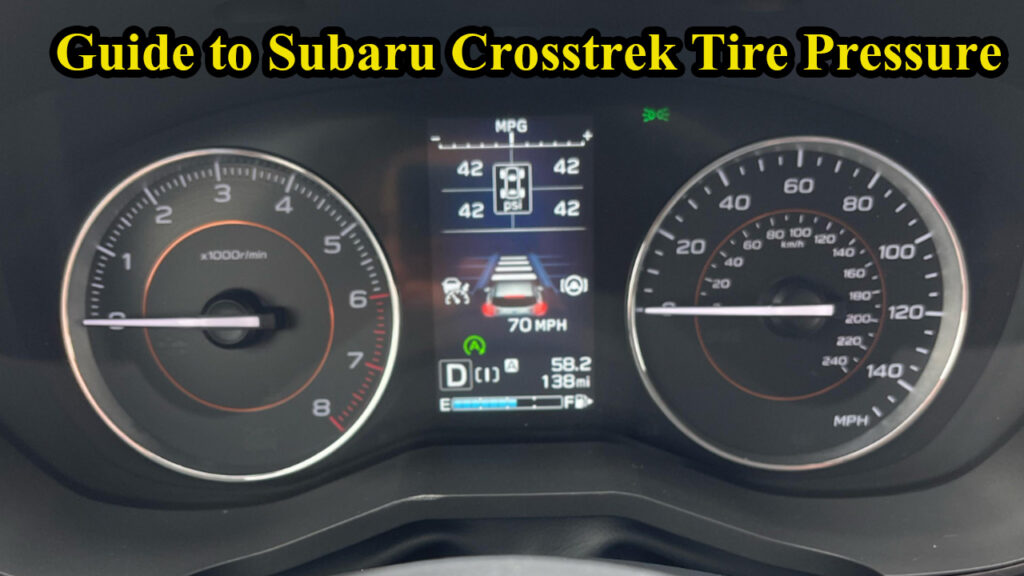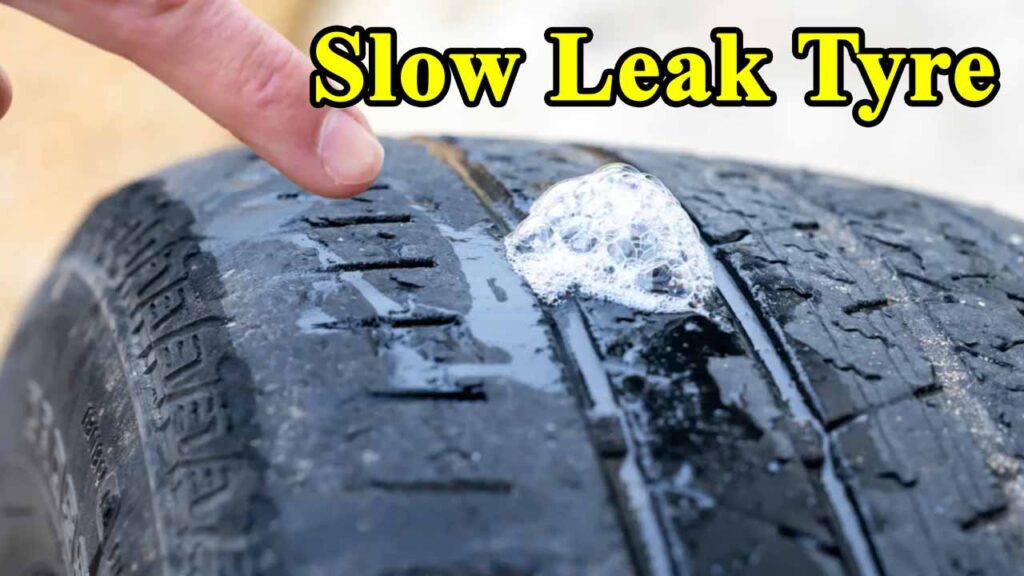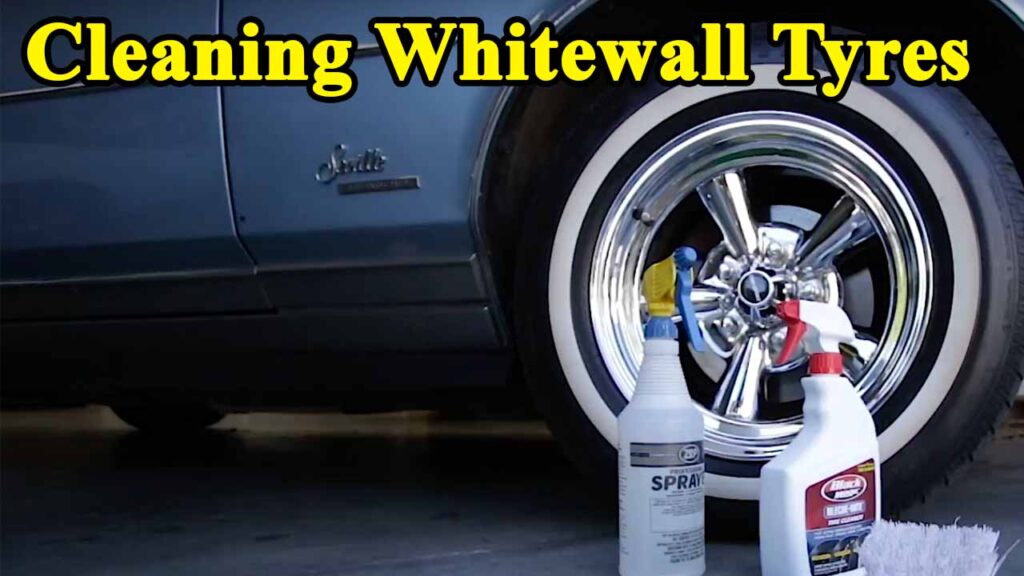As a Subaru Crosstrek owner, you know your vehicle is built for adventure. Its Symmetrical All-Wheel Drive, impressive ground clearance, and rugged design make it a versatile machine, whether you’re navigating city streets or tackling a dirt road. But the key to unlocking the full potential of your Crosstrek—and ensuring its longevity and safety—is remarkably simple and often overlooked: maintaining proper tire pressure.
I’ve spent years working on and driving Subarus, and I can tell you that the difference between a properly inflated tire and one that’s just a few PSI off is night and day. It affects everything from your fuel efficiency to your vehicle’s handling and the lifespan of your tires. This isn’t just a maintenance tip; it’s an essential part of being a responsible and savvy Subaru owner.
The Magic Numbers: What is the Recommended PSI for a Crosstrek?
Before you do anything, you need to know the correct pressure for your specific vehicle. The recommended tire pressure for a Subaru Crosstrek is typically between 30 and 36 PSI (pounds per square inch). However, the most accurate and authoritative source is not a blog post or an online forum—it’s your own car.
Why Choose 295/75R22.5 Drive Tires? Complete Buyer’s Guide
Open the driver’s side door and look at the jamb. You’ll find a white or yellow sticker with a diagram. This placard lists the specific tire size, cold inflation pressure recommendations for both the front and rear tires, and the maximum load capacity for your vehicle. For many Crosstrek models, you’ll see a slightly different PSI for the front and rear tires, such as 33 PSI in the front and 32 PSI in the rear. This slight variation is intentional, designed by Subaru engineers to optimize the vehicle’s weight distribution and handling. Always defer to this sticker as your primary source of truth.
It’s crucial to check your tire pressure when the tires are “cold.” This means they haven’t been driven on for at least three hours, or if you’ve driven, it’s been for less than a mile. Driving on them heats the air inside, causing the pressure to increase and giving you a false, higher reading.
The High Stakes of Incorrect Tire Pressure
You might think being a few PSI off isn’t a big deal, but it has significant consequences for your Crosstrek’s performance and safety.
Underinflation: The Silent Killer of Efficiency and Tires
When your tires are underinflated, they have more surface area in contact with the road. This creates what’s known as “rolling resistance.” Your engine has to work much harder to push the car forward, directly impacting your fuel economy. I’ve seen firsthand how an underinflated tire can shave 1-2 MPG off your average. Over time, that adds up to real money lost at the pump.
Unlocking Performance: A Deep Dive into 225/70R19.5 Tires
Even more importantly, underinflation causes your tires to wear unevenly. The edges of the tire tread will wear down much faster than the center. This not only shortens the life of your expensive tires but also compromises your vehicle’s handling, especially in wet or snowy conditions. The tire sidewalls also flex more, generating excess heat that can lead to a dangerous blowout. For a car with Subaru’s sophisticated All-Wheel Drive system, uneven tire wear can even strain the center differential and other driveline components, leading to costly mechanical repairs.
Overinflation: A Bumpy, Unsafe Ride
On the other hand, overinflating your tires is also a mistake. While it might seem like a simple way to improve fuel efficiency, it creates a new set of problems. An overinflated tire will have a smaller contact patch with the road, making the center of the tread wear out faster than the edges.
This reduced contact patch results in less traction, leading to a harsher, bumpier ride and compromised handling. Your Crosstrek won’t absorb bumps and road imperfections as well, and in an emergency situation, the reduced grip can increase your braking distance and make steering less responsive. It’s a trade-off that’s simply not worth the risk.
Your Best Friend: The Tire Pressure Monitoring System (TPMS)
Modern Subaru Crosstreks are equipped with a Tire Pressure Monitoring System, or TPMS. This system uses sensors in each wheel to constantly monitor tire pressure. If a tire’s pressure drops significantly below the recommended level, a warning light—shaped like a tire with an exclamation point inside—will illuminate on your dashboard.
The TPMS is a fantastic safety feature, but it’s not a substitute for regular checks. By the time the light comes on, your tire pressure is already dangerously low. It’s a good wake-up call, but you should be checking your tires monthly with a reliable pressure gauge and before any long road trips. This proactive approach will help you catch slow leaks or minor pressure drops before they become a bigger problem.
How Long Do Tires Last? A Deep Dive into Tire Lifespan
If you’ve recently refilled your tires and the TPMS light is still on, don’t panic. Many Crosstreks require you to drive a short distance—usually at speeds above 20 mph—for the system to recalibrate and turn the light off. If the light blinks and then stays solid, it could indicate a fault with the TPMS sensor itself, which is a sign you should visit your local Subaru service center.
A Simple Routine for Longevity and Safety
Proper tire pressure is a small but mighty detail in the grand scheme of vehicle maintenance. Make a habit of checking your tires at least once a month. Keep a quality tire pressure gauge in your glove box. It’s an inexpensive tool that will save you time, money, and headaches down the road.
Beyond just the pressure, remember to rotate your tires every 6,000 to 7,500 miles, as recommended by Subaru. This ensures even wear across all four tires, which is critically important for the Crosstrek’s Symmetrical All-Wheel Drive system.
By giving your Crosstrek’s tires the attention they deserve, you’re not just taking care of a component; you’re investing in the overall performance, safety, and efficiency of your vehicle. It’s a simple act that empowers you to master your ride and fully enjoy every mile of your next adventure.




